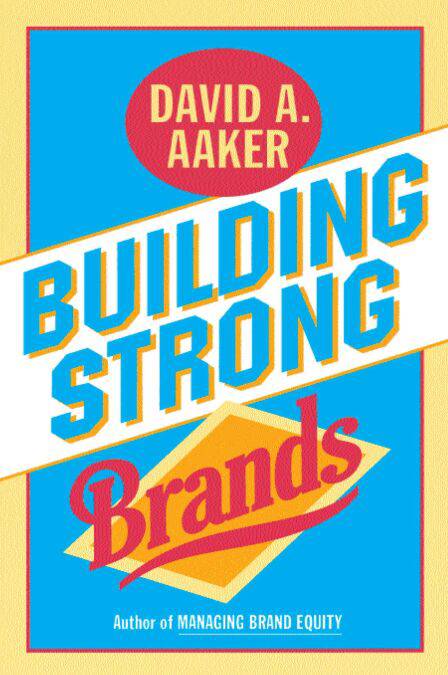
- Afhalen na 1 uur in een winkel met voorraad
- Gratis thuislevering in België vanaf € 30
- Ruim aanbod met 7 miljoen producten
- Afhalen na 1 uur in een winkel met voorraad
- Gratis thuislevering in België vanaf € 30
- Ruim aanbod met 7 miljoen producten
Zoeken
Omschrijving
As industries turn increasingly hostile, it is clear that strong brand-building skills are needed to survive and prosper. In David Aaker's pathbreaking book, Managing Brand Equity, managers discovered the value of a brand as a strategic asset and a company's primary source of competitive advantage. Now, in this compelling new work, Aaker uses real brand-building cases from Saturn, General Electric, Kodak, Healthy Choice, McDonald's, and others to demonstrate how strong brands have been created and managed.
A common pitfall of brand strategists is to focus on brand attributes. Aaker shows how to break out of the box by considering emotional and self-expressive benefits and by introducing the brand-as-person, brand-as-organization, and brand-as-symbol perspectives. The twin concepts of brand identity (the brand image that brand strategists aspire to create or maintain) and brand position (that part of the brand identity that is to be actively communicated) play a key role in managing the "out-of-the-box" brand.
A second pitfall is to ignore the fact that individual brands are part of a larger system consisting of many intertwined and overlapping brands and subbrands. Aaker shows how to manage the "brand system" to achieve clarity and synergy, to adapt to a changing environment, and to leverage brand assets into new markets and products.
Aaker also addresses practical management issues, introducing a set of brand equity measures, termed the brand equity ten, to help those who measure and track brand equity across products and markets. He presents and analyzes brand-nurturing organizational forms that are responsive to the challenges of coordinated brands across markets, products, roles, and contexts. Potentially destructive organizational pressures to change a brand's identity and position are also discussed.
As executives in a wide range of industries seek to prevent their products and services from becoming commodities, they are recommitting themselves to brands as a foundation of business strategy. This new work will be essential reading for the battle-ready.
A common pitfall of brand strategists is to focus on brand attributes. Aaker shows how to break out of the box by considering emotional and self-expressive benefits and by introducing the brand-as-person, brand-as-organization, and brand-as-symbol perspectives. The twin concepts of brand identity (the brand image that brand strategists aspire to create or maintain) and brand position (that part of the brand identity that is to be actively communicated) play a key role in managing the "out-of-the-box" brand.
A second pitfall is to ignore the fact that individual brands are part of a larger system consisting of many intertwined and overlapping brands and subbrands. Aaker shows how to manage the "brand system" to achieve clarity and synergy, to adapt to a changing environment, and to leverage brand assets into new markets and products.
Aaker also addresses practical management issues, introducing a set of brand equity measures, termed the brand equity ten, to help those who measure and track brand equity across products and markets. He presents and analyzes brand-nurturing organizational forms that are responsive to the challenges of coordinated brands across markets, products, roles, and contexts. Potentially destructive organizational pressures to change a brand's identity and position are also discussed.
As executives in a wide range of industries seek to prevent their products and services from becoming commodities, they are recommitting themselves to brands as a foundation of business strategy. This new work will be essential reading for the battle-ready.
Specificaties
Betrokkenen
- Auteur(s):
- Uitgeverij:
Inhoud
- Aantal bladzijden:
- 400
- Taal:
- Engels
Eigenschappen
- Productcode (EAN):
- 9781451674750
- Verschijningsdatum:
- 7/11/2011
- Uitvoering:
- E-book
- Beveiligd met:
- Adobe DRM
- Formaat:
- ePub

Alleen bij Standaard Boekhandel
+ 13 punten op je klantenkaart van Standaard Boekhandel
Beoordelingen
We publiceren alleen reviews die voldoen aan de voorwaarden voor reviews. Bekijk onze voorwaarden voor reviews.











